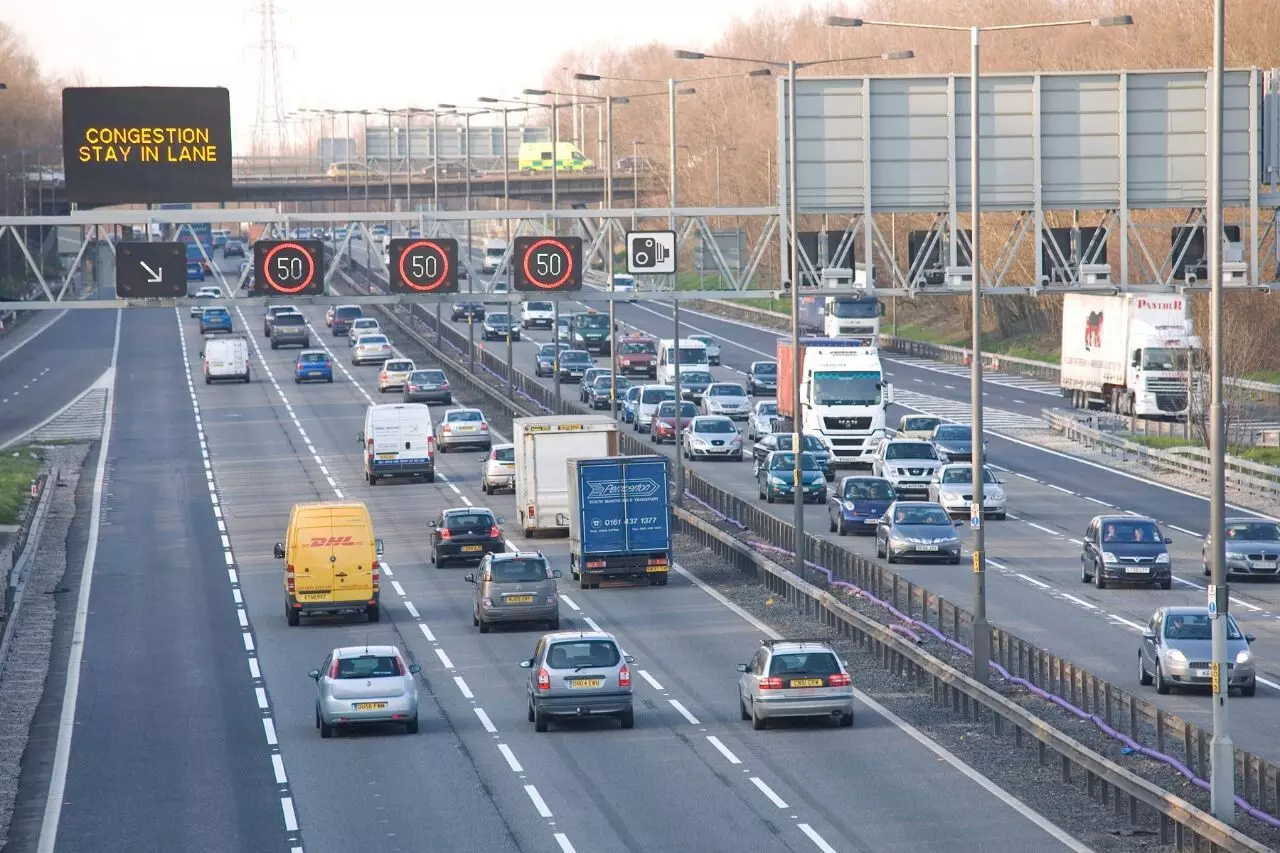Traffic diaries: How safe is overtaking?
Overtaking, or passing, is a dangerous driving maneuver. Let’s see how its defined under Motor Vehicle driving Rules of India.
By Newsmeter Network
Hyderabad: Overtaking also known as passing is one of the most dangerous maneuvers you will do when driving. Many people feel nervous about it and that’s quite natural. First and foremost let us see how overtaking is defined under Motor Vehicle driving Rules of India. It says you should overtake another vehicle only if the speed difference is 15 km/h or more.
This means that if you’re traveling on an undivided highway at 80 km/h and the vehicle in front is traveling at 75 km/h, you’re not supposed to overtake. Instead, you have to just follow them at a safe distance. Same case in the city, especially for drivers who constantly weave in traffic trying to get ahead. If you are moving at 50 kmph and the vehicle in front is at 45 kmph, just slow down and follow it, don’t try to overtake. Stop the dangerous practice of constantly overtaking, it won’t save you any time.
When there is just a 5 km/h difference, according to the rules, you have to just stay in your lane and follow the vehicle in front. This decreases stress for you and makes the ride more enjoyable and safe for everyone.
There are three types of overtaking scenarios
1. Overtaking in the city
2. Overtaking on undivided roadways
3. Overtaking on a multilane expressway or highway
Different techniques are required for each of these situations.
Let’s take the first scenario. When you’re traveling in the city, apply the first rule to see if the vehicle in front is 15 km/h slower than you, if not just follow the traffic. Overtaking in crowded traffic creates dangerous situations, honking, and road rage. If the speed difference is about 15 kmph and you wish to overtake, first check your mirror and make sure no one is in the adjacent lane. Next, put on the indicator, turn your head, and check your blind spot. (This procedure is called MSM: mirror-signal-movement). Then overtake and come back to the left lane. Overtaking on undivided two-lane roadways is very dangerous because you can collide with oncoming traffic, which frequently happens on district and rural roadways. First, ensure that the centerline is not solid and that you don’t have a “No overtaking” sign.
Second, ensure you have a clear line of sight of oncoming traffic. Never try to overtake at a blind curve or dip in the road because a vehicle can suddenly come into your path and that is the worst accident you can ever have.
If your path is clear, make sure your vehicle has enough reserve power to overtake the vehicle in front. Next put on the right indicator overtake, then put left indicator and come back to the left lane. Don’t cut in too quickly. if the driver in front waves his hand to warn you from overtaking, fall back.
If there is a vehicle already overtaking another vehicle- do not blindly follow. Wait for the first vehicle to complete the overtake, then assess the situation with fresh eyes and then proceed if safe.
Overtaking on a multi-lane divided highway is much easier as you will not encounter oncoming traffic. However, follow the same procedure of M-S-M, change to the right lane overtake and come back to your route. If you are in the left lane and your path is clear and there are vehicles in the right lane you can overtake from the left lane. It is allowed according to MVDR 2017, but just remember do not drive on the left shoulder to overtake a vehicle!
Driving on the shoulder is very dangerous as there might be parked vehicles on the shoulder which you may not be able to observe. Many people have had horrendous accidents when overtaking from the left shoulder and colliding with parked trucks. The shoulder of the road is the left edge after the white line. The shoulder should be used only for emergency parking that too with a red triangle and hazard lights.
Drive smart, drive safe!
The author, Naresh Raghvan, is a road safety author and regularly posts road safety information on his Twitter handle @TopDriveIndia.